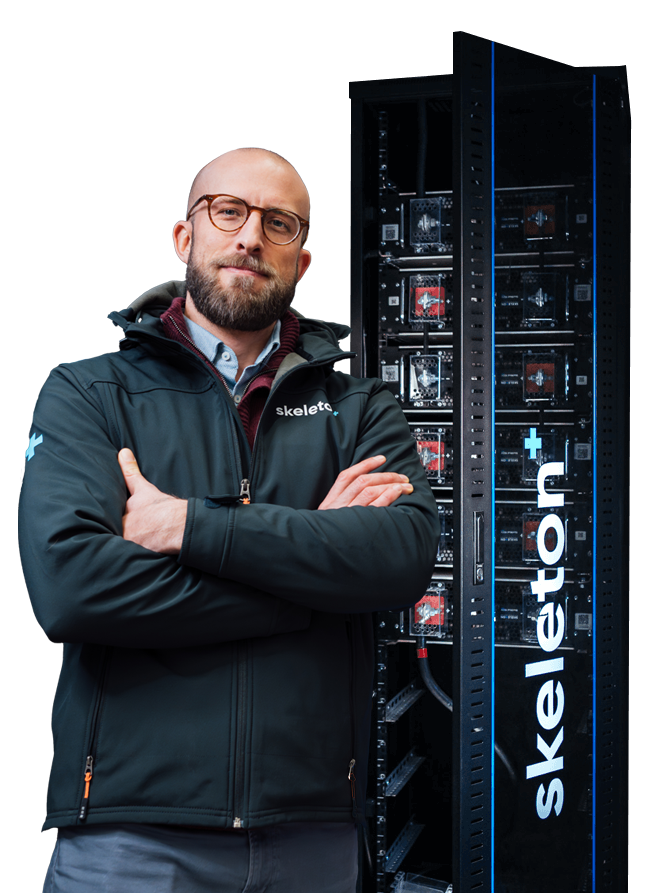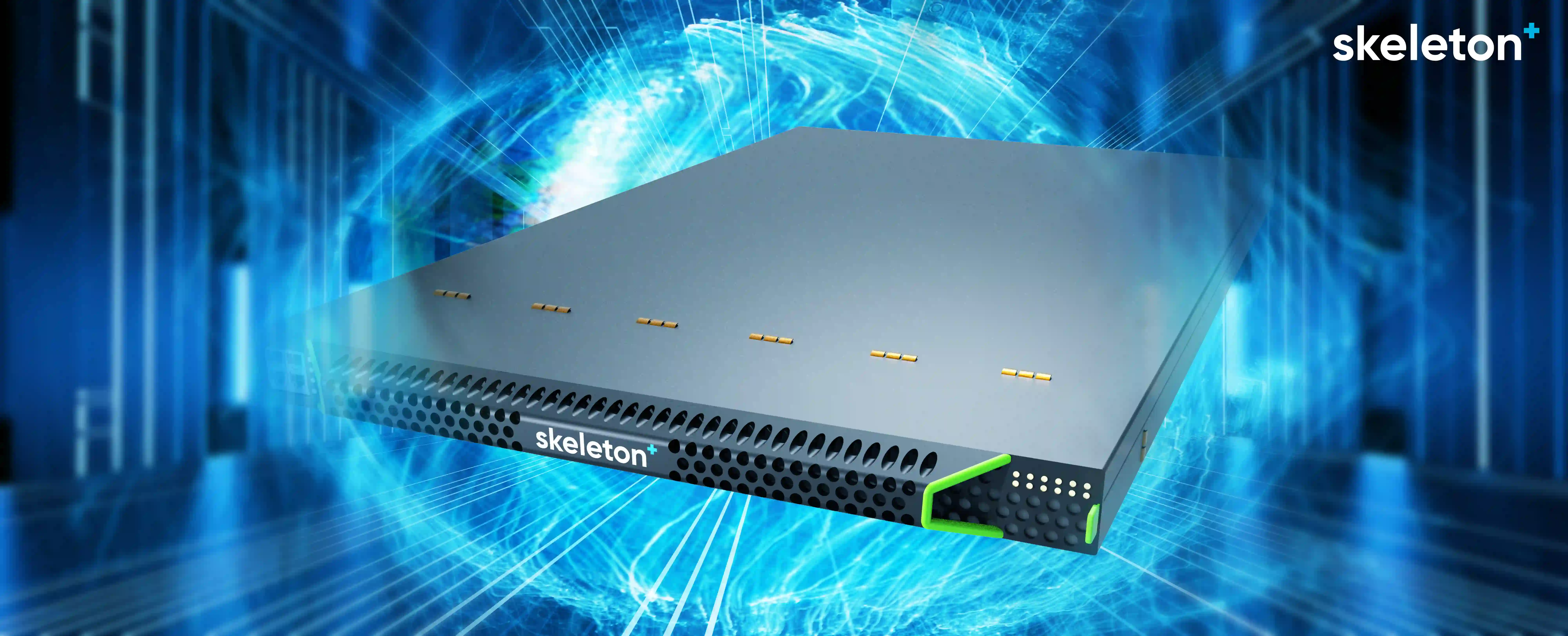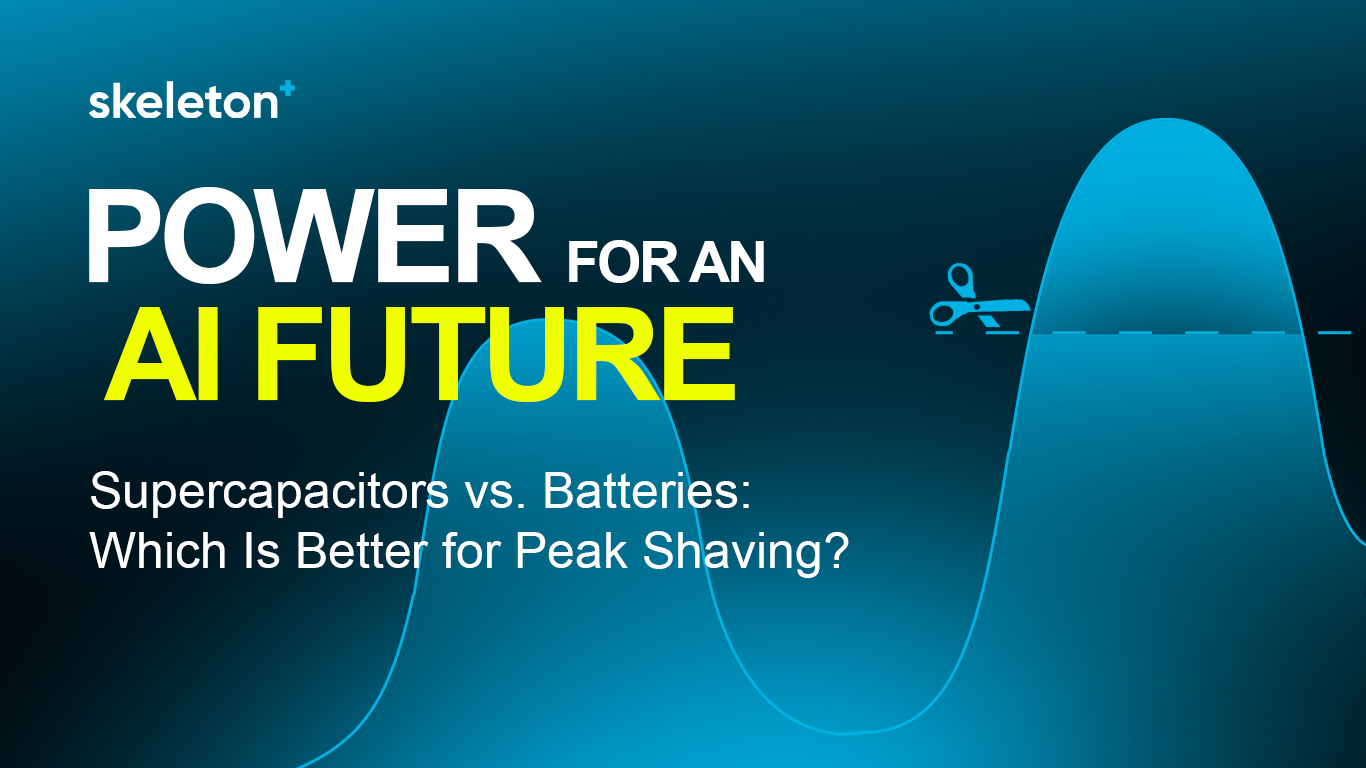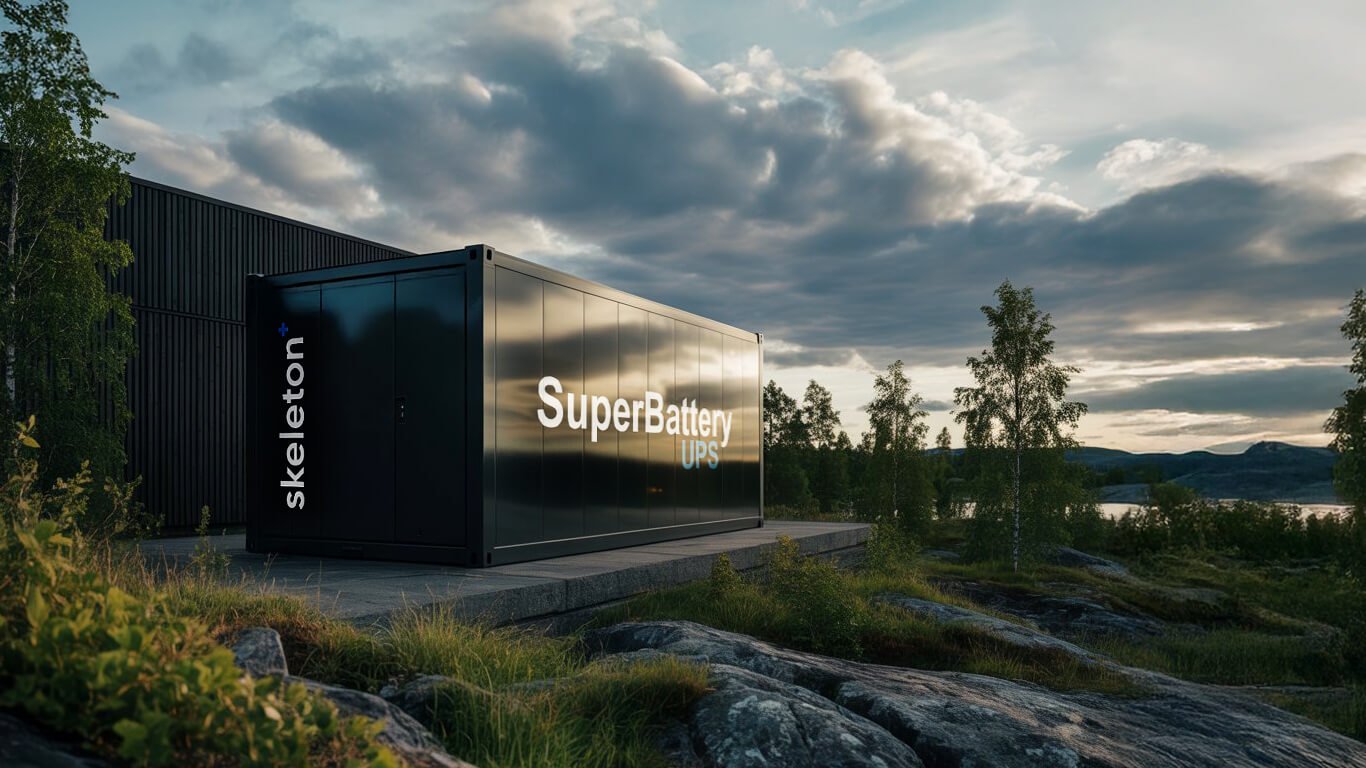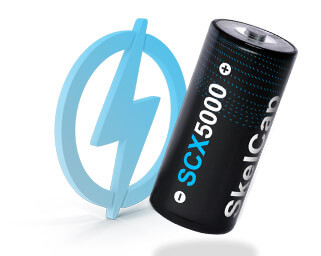
The perfect combination: why Skeleton’s supercaps are used by Green Team Twente to power their hydrogen racing car
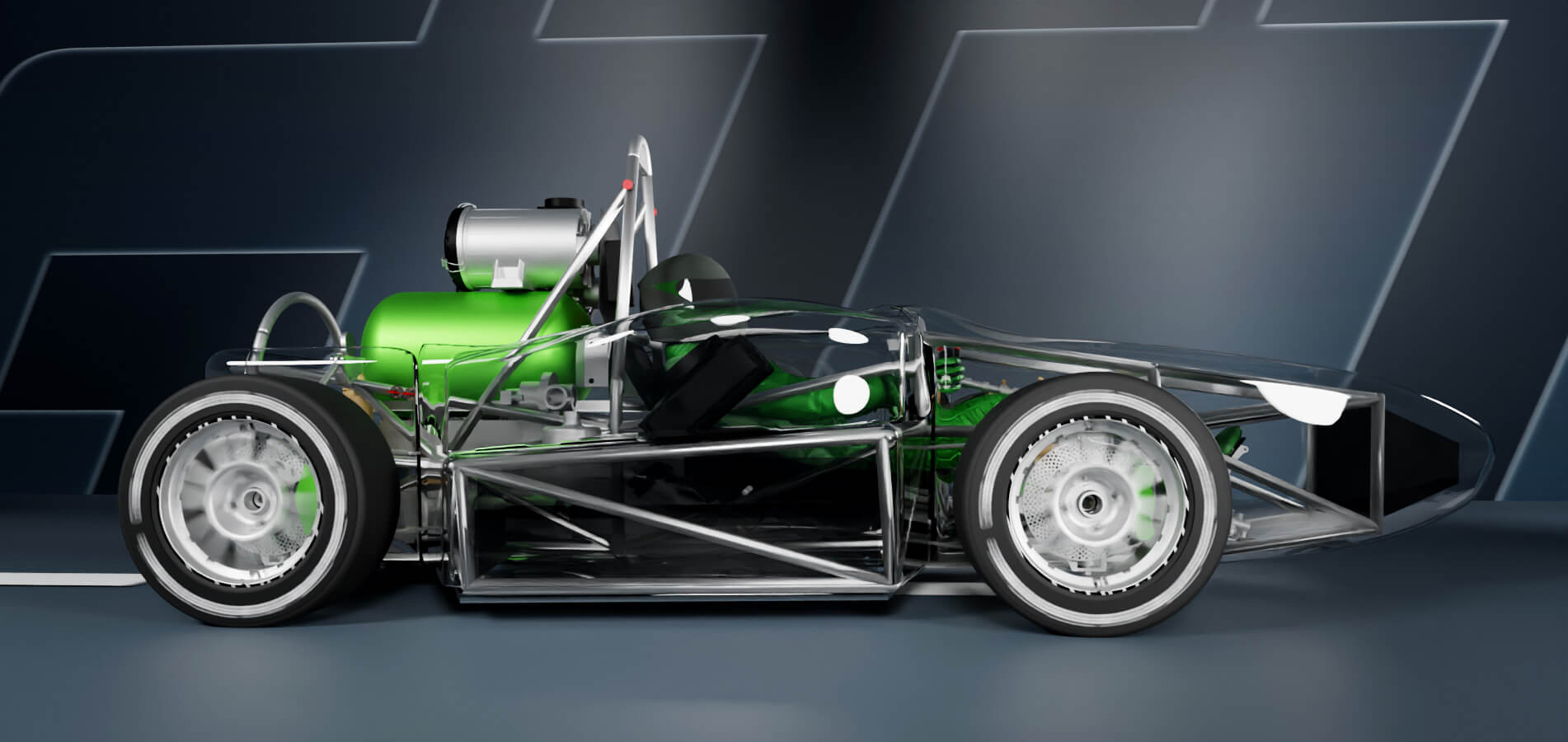
Motor racing has always challenged the boundaries of what is possible from a technological perspective, and has often been instrumental in driving change in the consumer car market. Very often, innovations first prove successful in the racing industry, before being replicated in the consumer space to create better vehicles. In this regard, the development of hydrogen-powered cars could be a historic turning point for motorsports and the auto industry.
Today’s fuel cell cars and trucks can cut emissions by over 30 percent when compared with their gasoline-powered counterparts. Hydrogen is produced by electrolysis, using electricity to split water into oxygen and hydrogen. The production of hydrogen can be done with green electricity; energy that is generated by sustainable methods such as solar or wind power. Because of this green production and water is the only byproduct, hydrogen is a sustainable fuel.
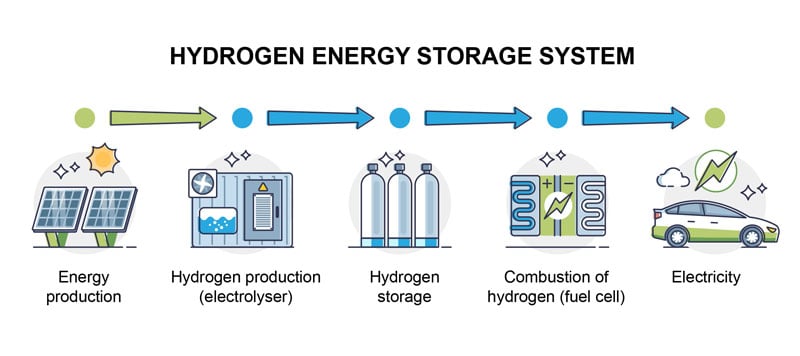
Hydrogen-powered vehicles have several advantages:
Hydrogen has the highest energy density of all fuels. Hydrogen can store more than 200 times as much energy by weight compared to the current lithium-ion batteries and more than three times as much as diesel and petrol. This means that the range of a hydrogen-powered car far exceeds that of any other type of car. As explained by the French renewables agency IFPEN, “1 kg of hydrogen releases roughly three times more energy than 1 kg of gasoline”. In addition, a hydrogen vehicle’s emissions are made up of just water, with zero CO2 emissions.
In addition, refueling a fuel cell vehicle is comparable to refueling a conventional car or truck; taking less than 5 minutes to fill current models, with the driving ranges of a fuel cell vehicle being similar to the ranges of gasoline or diesel-only vehicles. One of the main commercial examples is Toyota Mirai, whose 5-minute long refilling allows to drive approximately 480 km.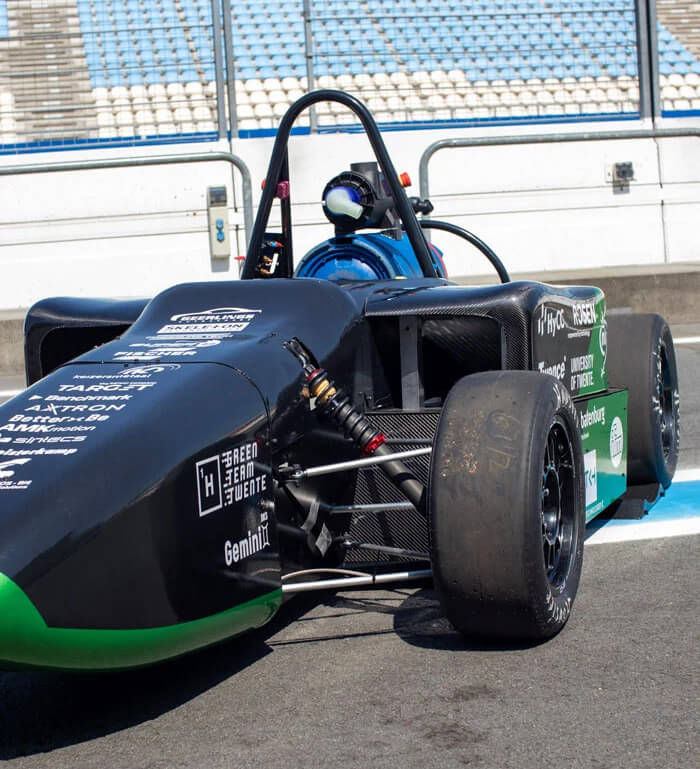
However, fuel cells currently have some weaknesses: their cost is high, and they are unable to deal with high power demands or recuperate any braking energy. This is precisely why Green Team Twente came to us and why the combination of fuel cells and supercapacitors is the perfect one.
Green Team Twente is a multidisciplinary team of ambitious students from the University of Twente and Saxion Hogeschool. Since 2012 the team has competed against other teams from all over the world in the Shell Eco-Marathon. In 2022, Green Team Twente decided to push the boundaries of hydrogen technology even more by developing a hydrogen car with higher speed and participating in Formula Student.
Green Team Twente has decided to use Skeleton’s modules alongside hydrogen fuel cells. They quickly realized that proper implementation of a regenerative braking system could extend driving range, improve braking efficiency, reduce brake wear, and improve energy conservation.
Skeleton’s supercapacitor modules are already used to save energy in trains, trams, and trucks by recuperating braking energy and reusing it for acceleration. This is what we call KERS, Kinetic Energy Recovery System.
Supercapacitors can do the same for fuel cells: store the energy when it is available and release it with high power when it is needed. Fuel cells in conjunction with supercapacitors can thus create high power with a fast dynamic response, which makes it well-suitable for automotive applications, as hydrogen fuel cells provide a long range. Moreover, supercapacitors are particularly safe and easy to integrate into a hydrogen fuel cell system.
In a similar way to electric vehicles, racing technology is making hydrogen more visible and more attractive, showcasing its potential at the same time as educating consumers on how safe it can be. The next frontier will be tackling the infrastructure challenges in the industry, making consumers understand how they can benefit from hydrogen cars—both from a performance and climate perspective.
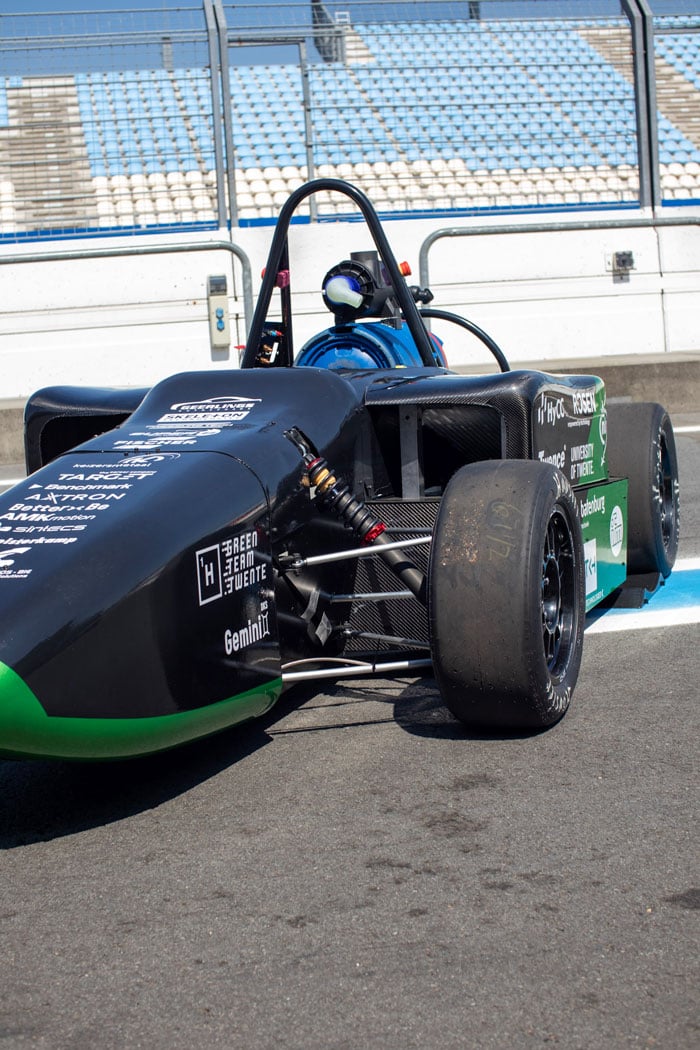
Green Team Twente is one of the examples highlighting the fast-rising interest in our products coming from the hydrogen sector. Among other customers, Skeleton also works with Wrightbus, a leading bus OEM headquartered in Northern Ireland, to power fuel cell buses in the UK, and with a British light commercial vehicles manufacturer.

In order to meet with our partners and prospects in the hydrogen sector, our Sales Director Boris Müller will attend Cenex-LCV on 7th-8th September in the United Kingdom, an event showcasing the UK’s capabilities in LCV technology development and promoting Zero Emission Vehicle technologies in vehicles and in fleet operations.
